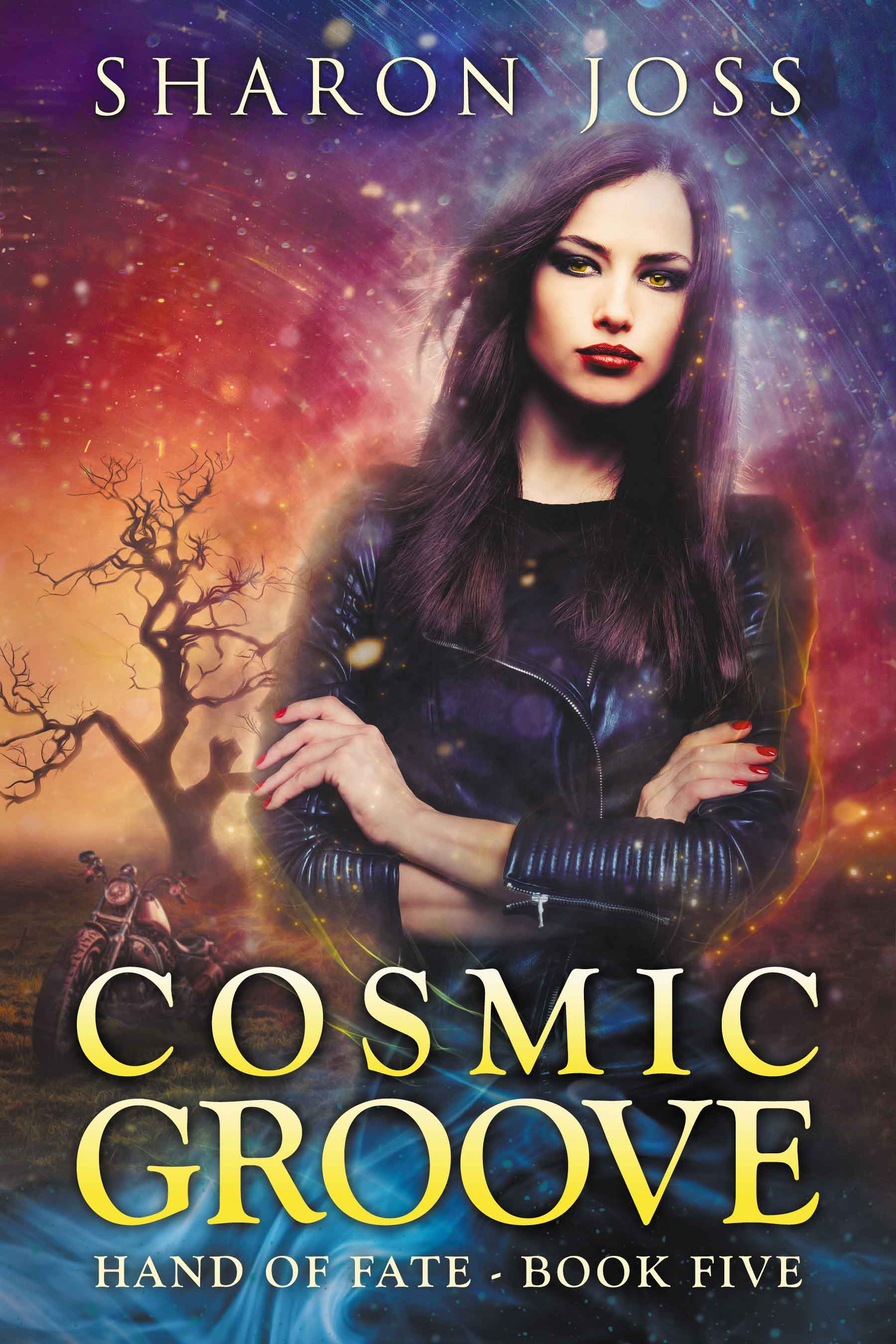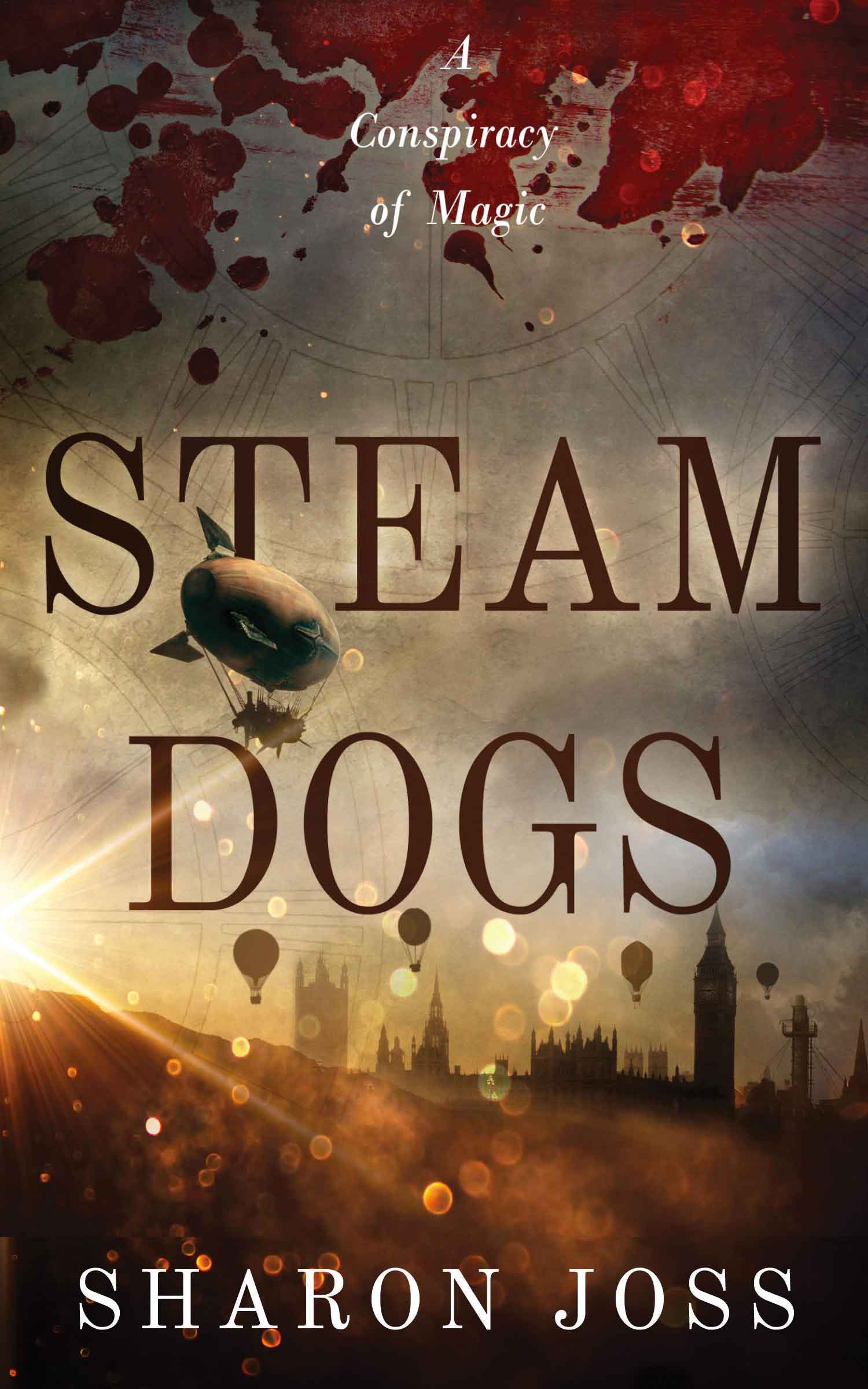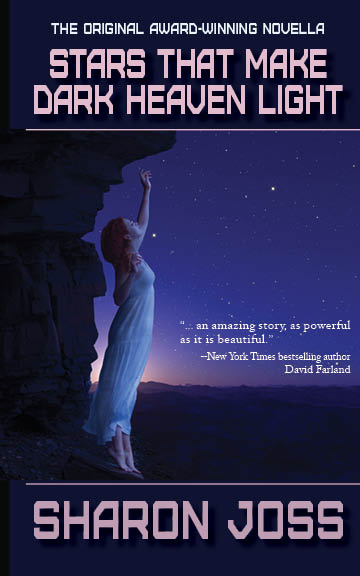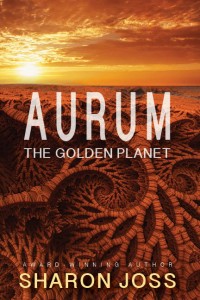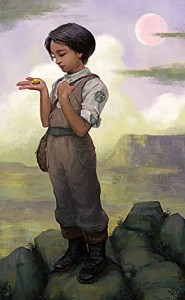 Several people have asked me about the world-building in my Writers of the Future award-winning story, “Stars That Make Dark Heaven Light”. It’s about a human colony living on the planet Hesperidee, a rocky, arid planet with a hydrogen-rich atmosphere, twin suns, and three moons. The planet’s surface is pockmarked with impact craters, and lichens are the predominant life form. Predators are nocturnal, and include large twin-tailed stone scorpions and centipedes. The potable water lies beneath the surface, but there are sulphur pools on the surface.
Several people have asked me about the world-building in my Writers of the Future award-winning story, “Stars That Make Dark Heaven Light”. It’s about a human colony living on the planet Hesperidee, a rocky, arid planet with a hydrogen-rich atmosphere, twin suns, and three moons. The planet’s surface is pockmarked with impact craters, and lichens are the predominant life form. Predators are nocturnal, and include large twin-tailed stone scorpions and centipedes. The potable water lies beneath the surface, but there are sulphur pools on the surface.
Admittedly, Hesperidee It doesn’t sound like much, but everything I’ve described plays a role in the plot in some way and is part to the planet’s biome. Biomes are defined as climactically and geographically contiguous areas with similar conditions, such as communities of plants, animals, and soil conditions. On earth we have several different kinds of biomes, such as tundra, savanna, desert, xeric scrubland, mangroves, glacier, etc. The very nature of these environments is a critical element in building a fictional world as well.
I’ve researched biomes in various science fiction worlds as well (even Minecraft!). For example, look at the differences between the worlds of Arrakis and Pandora, expressed only by the biomes:
Arrakis (Dune)
- Third planet orbiting a star, with two moons
- A desert planet with no precipitation, but open canals are used to carry water across the surface. Water is collected in underground reservoirs for future terraforming
- The depletion of the oceans on the planet (presumed) caused by a comet near-miss, which allowed most of the water and oxygen to escape the atmosphere, leaving massive salt flats behind.
- Life forms have been largely introduced and have become unique to the planet: a few hardy desert plants, kit foxes, desert hawks, kangaroo mouse, sandplankton, sandtrout (which encysts the available water), and of course the sand worms, which produce the spice Melange (this element plays a major role in the plot conflict)
- Peopled by the Muadru and the Fremen
Pandora (Avatar)
- 5th moon of a gas giant Polyphemus , which orbits Alpha Cetauri Mass = 0.72 of Earth, Gravity = 0.8 of Earth (20% less), Atmospheric density 1.2 of Earth
- The lower gravity and denser air make it less likely that a Na’vi will die in a fall, however humans feel as if they’re trying to run against the wind, and their boots have no grip on smooth surfaces. The Na’vi compensate for this by curling their long toes into the ground
- The sun is 170 times brighter than Earth and reflected light from nearby moons fades to dusk (not true night) for half the year
- Atmosphere is a mixture of nitrogen, oxygen, carbon dioxide, xenon, methane, and hydrogen sulfide. The high density of carbon dioxide and hydrogen sulfide makes the atmosphere toxic to humans, rendering them unconscious in about 20 seconds.
- Several different biomes on the planet, including floating land masses, rainforest, savanna, and oceans.
- Like Earth, Pandora supports a wide diversity of flora and fauna, including large animals like the direhorse, hexapede, fan lizard, mountain banshee, stingbat, viperwolves, thanators, and sturmbeasts. Much of the flora and fauna have bioluminescent qualities
- Rich in minerals, including Unobtanium (this element plays a major role in the plot conflict)
- Peopled by the Na’vi
So when it comes to world-building, don’t forget the biome. Incorporate it into an element of your plot and you’ve added another layer of depth to your story. Add it to your conflict, and your world comes alive.





